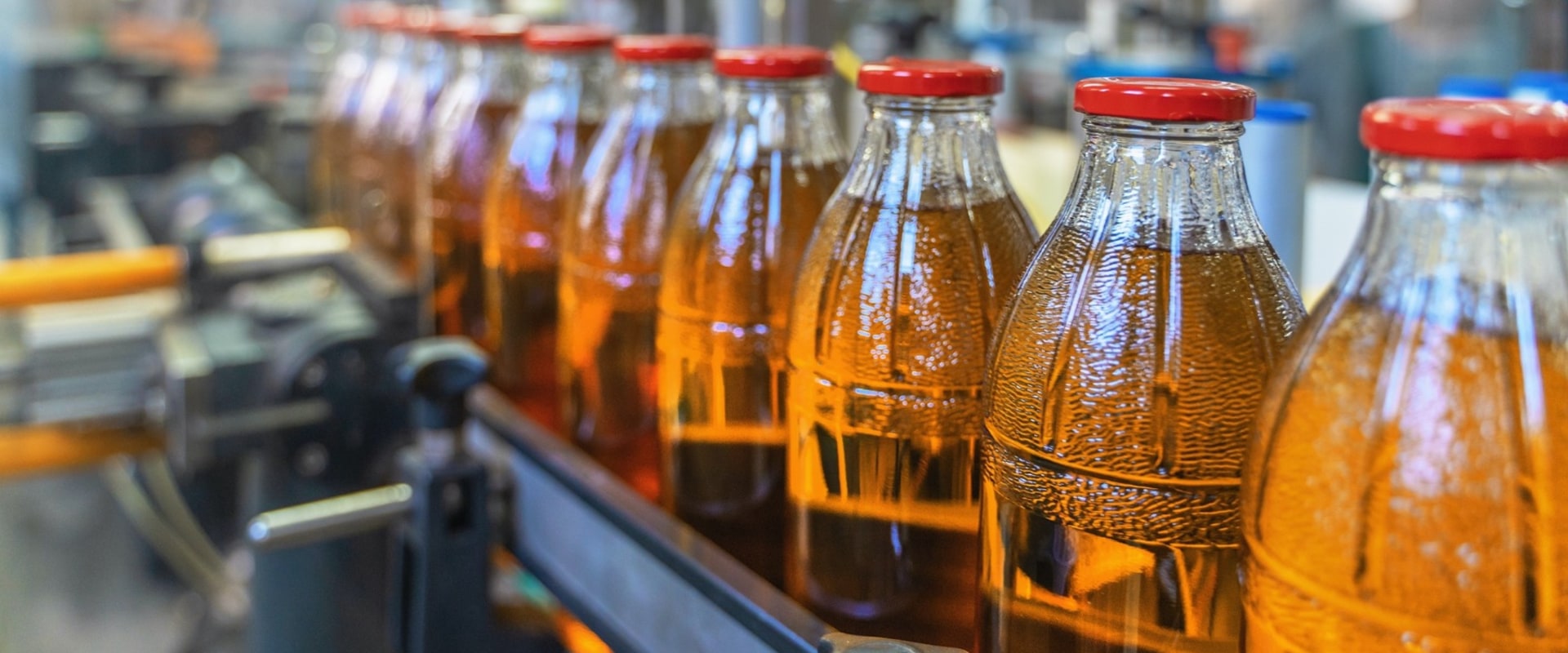The beverage industry is highly competitive. The main areas of competition are pricing, packaging, the development of new products and flavors, and marketing campaigns. Eighty-seven percent of food and beverage companies have a workforce of 19 people or less dedicated to listening. Modern consumers expect instant answers when interacting with brands.
Are you responsive enough when customers contact you online? In an industry as competitive as the food and beverage industry, knowing how your competitors interact with customers can offer your brand a significant advantage. Nearly 72% of food and beverage companies focus on opinion metrics. Monitoring and tracking how customers interact with publications about the competing brand and company can provide accurate information about customer preferences and also present ideas for innovation in your product and marketing strategy. Product innovation and adaptation to different moments of consumption is one of the keys to the sector's competitiveness.
Products must be sufficiently versatile to adapt to the diverse needs of consumers depending on the occasions in which they are purchased. Benchmarking social media can be critical to understanding emerging trends in the food and beverage industry and developing effective strategies across all marketing channels. And it must do so cleanly and in accordance with regulatory requirements, just like the production team of Food. According to monthly point-of-sale data compiled by SPINS, sales growth of gourmet and specialty foods and beverages fell to 7% in the first quarter, while sales of conventional products accelerated.
Food and beverage marketing encompasses the positioning of a brand in the market, from knowledge to product development and advertising. These changes have led to the growing demand for competitive intelligence in the food and beverage industry. The change in preferences has put midmarket food and beverage companies at greater risk than their larger counterparts, due to the lower ability to diversify brands at different prices, as well as lower exposure to value stores and club stores. Essentially functional foods and beverages are also undergoing marked development, although they target a segment of consumers with a wide variety of habits, thus creating new areas of specialization for certain companies in the sector.
The food and beverage market consists of fresh, prepared or packaged foods as well as alcoholic and non-alcoholic beverages. To remain competitive in the labor market, midmarket food and beverage companies must also consider the less quantifiable benefits of employment, such as company culture, opportunities to move forward or recycle, and flexible hours. For both packaging and processing equipment, better equipment performance has real commercial value for food and beverage companies. Everything from recyclable packaging to mission statements based on transparent food processing has reached commercialization.
In an industry as competitive as the food and beverage industry, knowing how your competitors interact with customers can offer your brand a significant advantage. The main market trends lead us to a conscious culture in which people demand more from food products than just a tasty treat. Food and beverage manufacturers and distributors are also strengthening the ties between them, as it is necessary to merge the aspirations of both stakeholders. Focus on seasonal events filled with food and drinks, such as New Year's Eve, Super Bowl parties, or holidays such as the Day of Action.

Leave a Comment